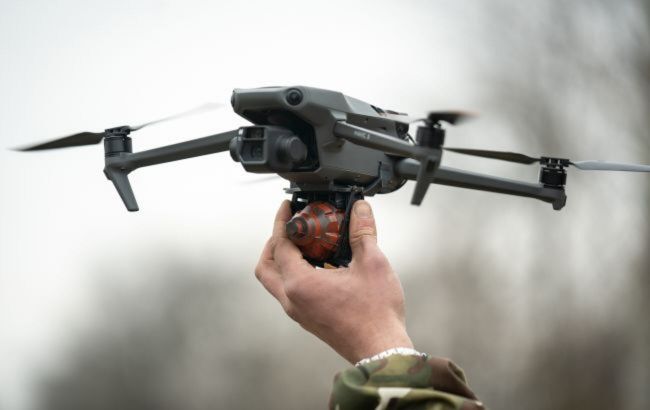EU leaders to discuss 'drone wall' projects to protect European airspace
 Illustrative photo: EU to build "drone wall" and new shield to protect Europe (Getty Images)
Illustrative photo: EU to build "drone wall" and new shield to protect Europe (Getty Images)
Amid rising security concerns, Europe is stepping up its focus on military initiatives. This week in Copenhagen, EU leaders will discuss projects that could reshape the continent’s defense architecture, according to Bloomberg.
At a meeting in Copenhagen, European Union leaders will review key security initiatives, focusing on two major projects, the creation of a "drone wall" and the formation of a continental air defense shield. These measures have become increasingly urgent following a series of Russian aircraft incursions into NATO airspace.
The European Commission has prepared a policy paper outlining proposals to guide the talks. The main goal is to eliminate critical defense gaps by 2030, emphasizing accelerated action in missile defense and the use of drone technologies.
Drone wall and eastern flank surveillance
The European Drone Wall project aims to combine Ukraine’s experience with the resources of European research institutions and tech startups. Meanwhile, the Eastern Flank Surveillance initiative is designed to protect Europe from hybrid threats, including sabotage and cyberattacks. The system will integrate anti-drone measures, ground defense elements, and maritime and space-based components.
“In light of the continued military aggression against Ukraine, and the recent increase of violations of airspace of member states, two flagship projects – the European drone wall and the eastern flank watch – require special urgency and should be moved forward expediently,” according to the commission paper.
Funding and partnerships
To support these initiatives, the EU plans to mobilize the €150 billion SAFE loan fund. Member states must submit participation applications by the end of November. Discussions also include potential involvement from the United Kingdom and Canada, with Japan and India considered as future partners. Germany has expressed readiness to lead the air defense component.
Responding to threats
The growing use of drones has already affected civil aviation, forcing several Danish airports to temporarily close after reported drone flights. Earlier in September, NATO jets shot down Russian drones that violated Polish airspace.
"The repeated violations of our airspace are unacceptable," EU defense chief Andrius Kubilius said in a statement last week. "Russia is testing the EU and NATO. And our response must be firm, united, and immediate."
Collective action
Although defense remains under national authority, the European Commission stresses the need for coordination and joint procurement. An annual progress review is planned to speed up the creation of a unified European security system.
Earlier, Lithuania announced plans to allocate €500 million in the coming years to strengthen its air defense network, though officials admit that even such an investment will not ensure full protection of the national airspace.
Meanwhile, joint exercises Wings of Defense have begun in Denmark, where Ukrainian and Danish forces are training together to repel drone attacks.

